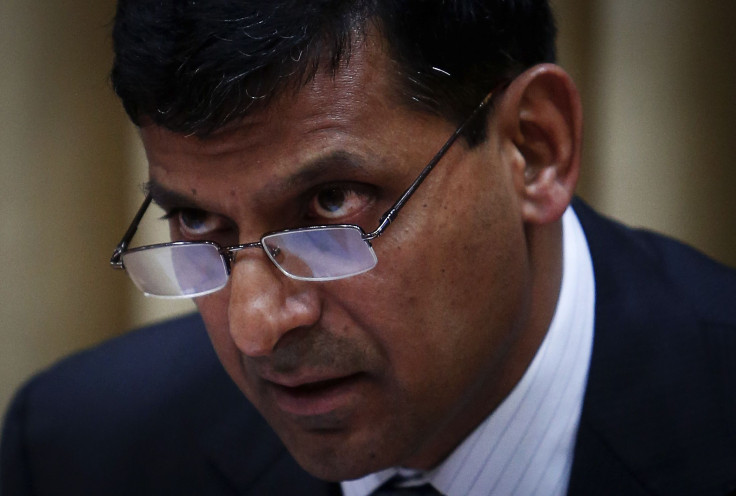Reserve Bank Of India Raises Key Interest Rate Citing High Inflation, Surprises Market Participants

Contrary to expectations, India’s central bank raised a key policy interest rate on Friday, but withdrew some of the liquidity-tightening measures it had introduced in July to halt the plunge of the rupee against the dollar, and identified the health of the domestic currency, the fiscal deficit and soaring inflation as key concerns for the nation's once-buoyant economy.
The Reserve Bank of India, or RBI, in its first policy review after the appointment of renowned economist Raghuram Rajan as its governor on Sept.4, increased with immediate effect the repo rate by 25 basis points to 7.5 percent from 7.25 percent, and reduced with immediate effect the marginal standing facility rate by 75 basis points to 9.5 percent from 10.25 percent.
The RBI also eased the requirement of banks’ minimum daily cash reserve ratio, which dictates how much cash banks have to keep on their books in relation to deposits, to 95 percent of deposits from 99 percent, effective from Sept. 21. The reverse repo rate was adjusted to 6.5 percent and the bank rate was pegged at 9.5 percent -- 200 basis points over the repo rate -- with immediate effect.
The RBI had implemented measures in mid-July to maintain tight liquidity “until the measures designed to alter the path of the CAD (current account deficit) and improve prospects for its stable funding take effect,” the central bank said. “As a number of these measures are now in place and because the external environment has improved, it is now possible for the Reserve Bank to contemplate easing these exceptional measures in a calibrated manner.”
Anchoring rising inflation and boosting low household financial savings warranted raising the repo rate, the central bank said, adding that further actions will depend on the stability of the foreign exchange market, and new measures may not necessarily be announced only on policy dates.
In an assessment of the global economic environment, the RBI said the decision by the U.S. Federal Reserve to delay winding down its stimulus program has buoyed financial markets, “but tapering is inevitable.”
Domestically, “growth is trailing below potential and the output gap is widening,” while consumption, which has been “relatively firm,” is starting to “weaken even in rural areas, with durable goods consumption hit hard,” the RBI noted, adding that growth could gather momentum in the second half of the year.
The RBI said the wholesale price index, or WPI, is rising after easing in the first quarter of the fiscal year ending in 2014, but added that negative output gap will exert downward pressure on inflation, and that the process will be aided by easing constraints in supply, especially in food and infrastructure.
“However, the current assessment is that in the absence of an appropriate policy response, WPI inflation will be higher than initially projected over the rest of the year,” the RBI said, and expressed concerns over the rate of consumer price inflation, which has remained high for several years.
Declining domestic savings, weak export demand and rising energy costs were cited as reasons for India’s soaring current account deficit, and the RBI said it will focus on “internal determinants of the value of the rupee, primarily the fiscal deficit and domestic inflation.”
India’s benchmark S&P BSE Sensex stock index dipped 2.26 percent after the new policy decision was announced, while the rupee also declined to 62.34 against the dollar from a close of 61.77 on Thursday.
© Copyright IBTimes 2024. All rights reserved.






















